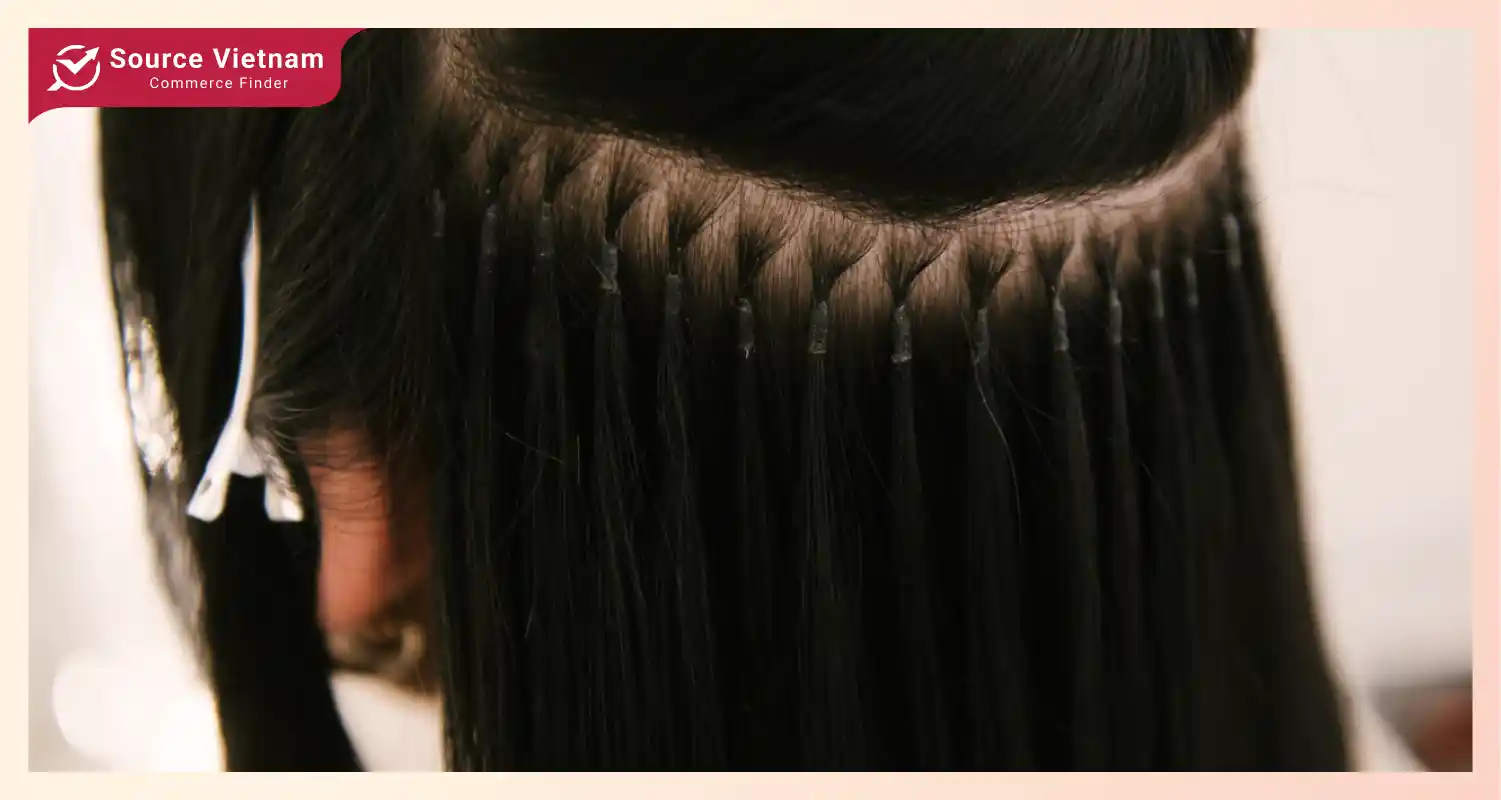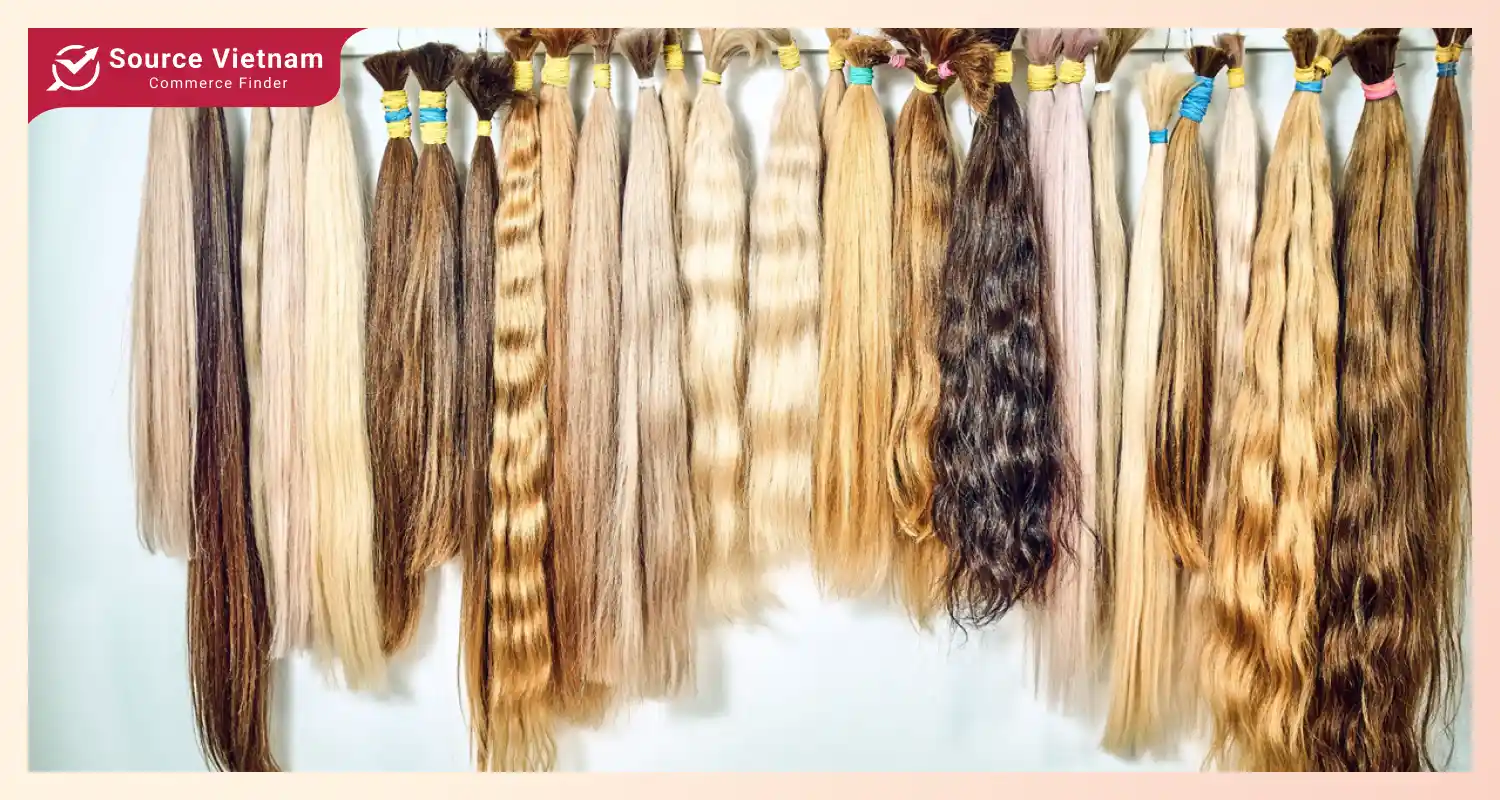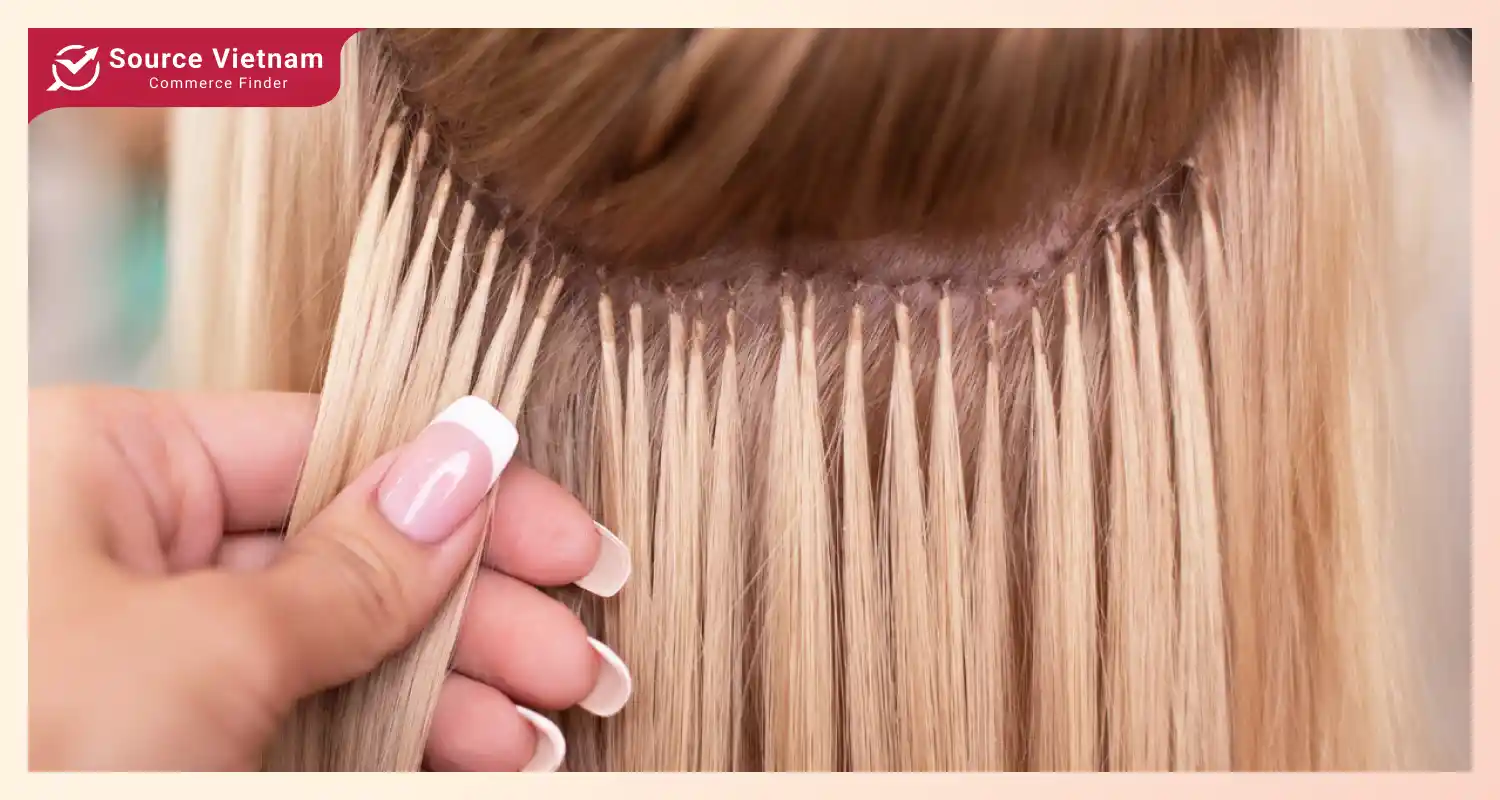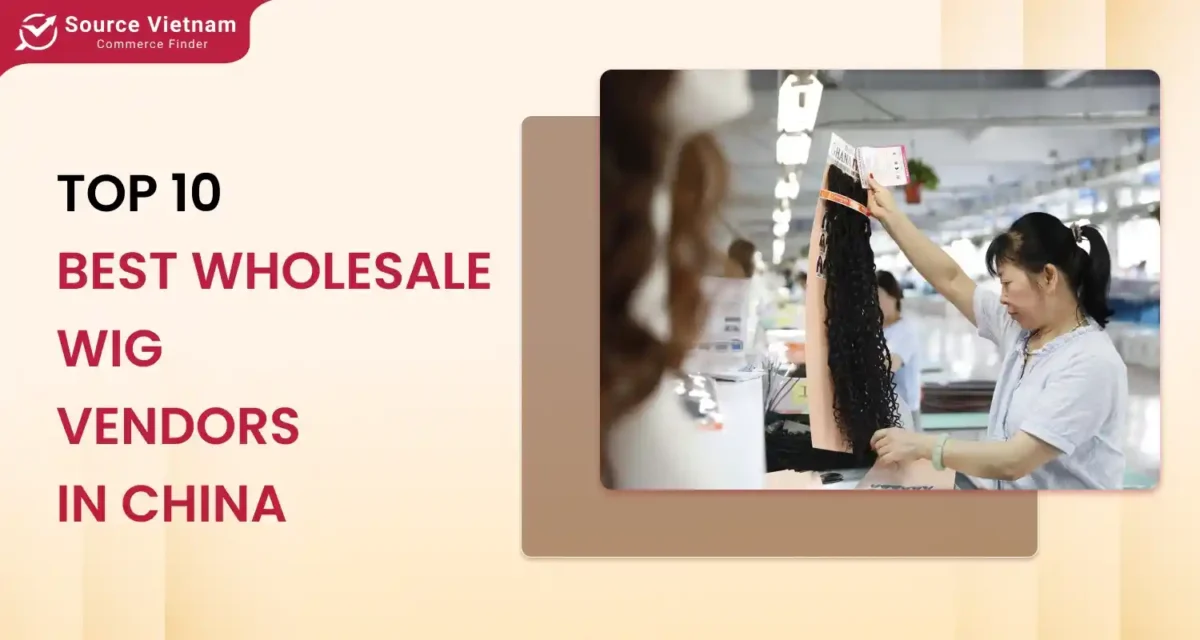Insight:
- The global hair extensions market is experiencing robust growth, attracting significant interest from investors and businesses.
- This market also faces numerous challenges and difficulties in terms of supply, pricing, and other factors.

With the surge in demand for beauty and the availability of a wide range of hair extension options, the global hair extensions market is witnessing substantial growth. This market is expected to continue its upward trend and offer lucrative opportunities.
Strong growth is projected for the global hair extension market
The global hair extensions market was valued at $2.58 billion in 2023 and is projected to grow from $2.72 billion in 2024 to $4.77 billion by 2032. The market is anticipated to register a compound annual growth rate (CAGR) of approximately 7.3% during the forecast period.
North America dominated the hair extensions market in 2023, holding a 35.66% market share. Advances in hair extension technology have enhanced the aesthetics and performance of these products.

As a result, consumer demand for hair extensions has surged, driven by recommendations from medical professionals and fashion experts who highlight their benefits in concealing split ends, maintaining hair density, and minimizing damage to natural hair from chemical treatments like coloring, straightening, and perming. Key factors driving the growth of the hair extensions market include:
- Consumer demand: More and more people are concerned about their appearance and are seeking innovative beauty solutions. Hair extensions have become a popular choice due to their speed and convenience.
- Advancements in hair extension techniques: A variety of hair extension methods have been developed to cater to diverse customer needs and preferences, addressing previous limitations. Options range from weft, clip-in, and tape-in to micro-link, glue-in, and laser-assisted methods.
- Proliferation of hair salons and extension services: There has been a significant increase in the number of professional hair salons and hair extension services across various segments, catering to diverse customer needs. This has made hair extension services more accessible to the general public.
- Changing consumer behavior: Consumers are increasingly focusing on hair extension care to ensure longevity, maintain aesthetics, and promote hair health. Coupled with media influence, this beauty trend has gained significant traction.
Detailed information about the hair extensions market
By product type, the hair extension market can be segmented into three main categories: synthetic hair, human hair, and animal hair. Human hair is expected to dominate the market due to its natural appearance and versatility in styling. Meanwhile, synthetic and animal hair are projected to experience growth in the coming years due to their superior moisture resistance.

In terms of consumer segmentation, the hair extension market is divided into male and female segments. The female segment is anticipated to lead the market, driven by the increasing demand for diverse styles and colors.
However, the male segment is projected to experience significant growth from 2024 to 2030, owing to the rising trend of men prioritizing their appearance and addressing hair concerns.
In terms of regional segmentation, the Asia-Pacific region is considered to dominate the market with impressive figures. Overall, the increasing spending on personal care and beauty products will drive market growth. Data shows a rising number of female workers, which in turn leads to increased beauty expenditures.
Beauty salons are the primary suppliers of various hair care services. The North American market reached a value of $0.92 billion in 2023. The faster growth rate of this region is attributed to the presence of a large number of beauty salons in the United States and Canada, thereby supporting the regional product consumption rate.

According to data from the Small Business Development Center, as of May 2020, there were 77,000 beauty salons and 4,500 barbershops in the United States. Additionally, the shifting trend of female consumers towards high-quality products will continue to fuel market growth in the region.
The growing preference for online shopping among consumers is further driving market growth in the region. According to data from the Italian Cosmetics Association, in 2019, online sales of hair styling products, including hair gels, hair extensions, hairspray, etc., in Italy increased by 3.2% compared to 2017.
Product consumption in the South American market is primarily driven by the rising urban population and their spending on personal care products in countries like Argentina and Brazil. According to data from the World Bank Group, in 2019, 91.99% of Argentina’s population lived in urban areas, compared to 91.50% in 2015. The increasing trend of fashion and luxurious lifestyles among consumers in the United Arab Emirates, Saudi Arabia, and South Africa will primarily drive the growth of the hair extension market in the Middle East and Africa.
Challenges in the global hair extensions market
Although it is predicted to grow strongly, the hair extensions market also faces many challenges. These primarily involve issues related to products and suppliers. This requires manufacturers to improve quality and innovate more in the future.

- Supply constraints: The global hair extension industry faces significant supply chain challenges, including a scarcity of high-quality human hair and decreasing supplies from traditional sourcing regions.
- Product quality: Quality issues are prevalent in the hair extensions market, with a significant presence of low-quality products or hair that has been excessively chemically treated. This compromises product quality and can be harmful to consumers.
- Intense market competition: The growth of the hair extension industry has brought both opportunities and challenges in terms of competition. Particularly, the increasing number of manufacturers with low-cost products has forced many manufacturers to lower their prices. Additionally, manufacturers are constantly introducing new products with advanced technology and diverse designs, making it increasingly difficult to attract customers.
- Lack of standardized regulations: Currently, there is still a lack of international standards for controlling the quality of hair extensions, leading to inconsistent product quality. Regulations regarding safety and health protection in the use of chemicals during hair processing have not been fully implemented in some countries.
- Distribution channels: Hair extension manufacturers often rely on traditional distributors, leading to high costs and a lack of control over the distribution channel. The rise of e-commerce has created many new distribution channels but has also created challenges for manufacturers in channel management and quality control.
- Consumer trends: Customers are increasingly demanding higher quality products, so manufacturers need to innovate constantly to meet customer demands. In addition, fashion and beauty trends are constantly changing, requiring manufacturers to be flexible and adaptable.
Conclusion
The global hair extensions market, fueled by a growing demand for beauty, is poised for significant growth. With such promising prospects, the market is expected to continue drawing substantial interest from investors and businesses alike. To capitalize on these opportunities, businesses must navigate the market’s unique challenges and establish a strong competitive position.


















